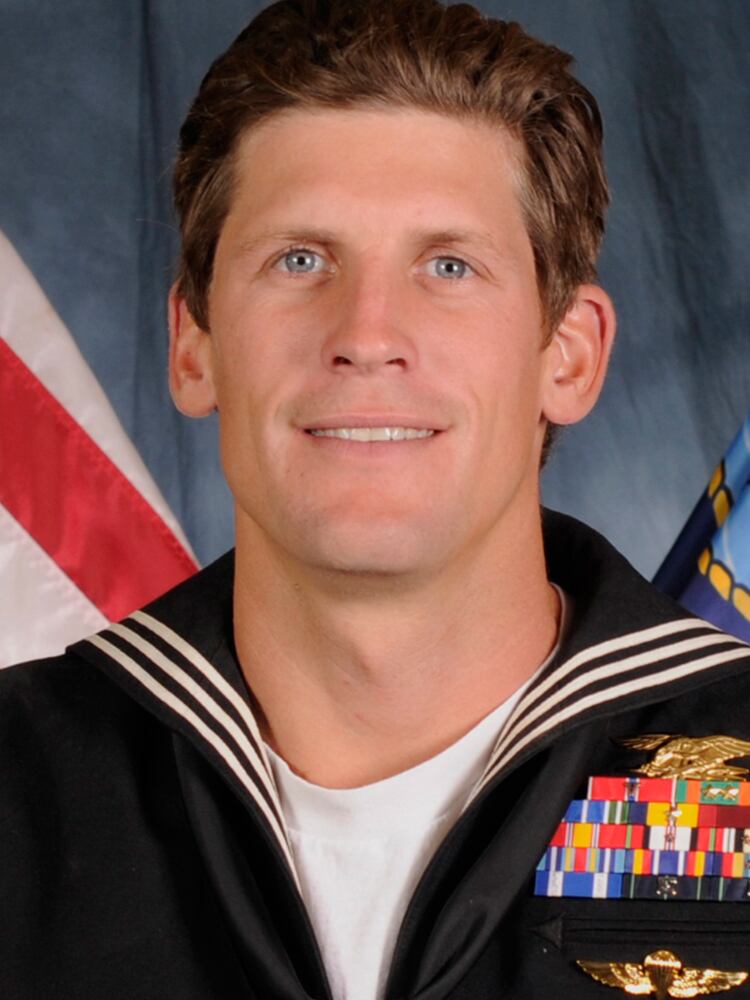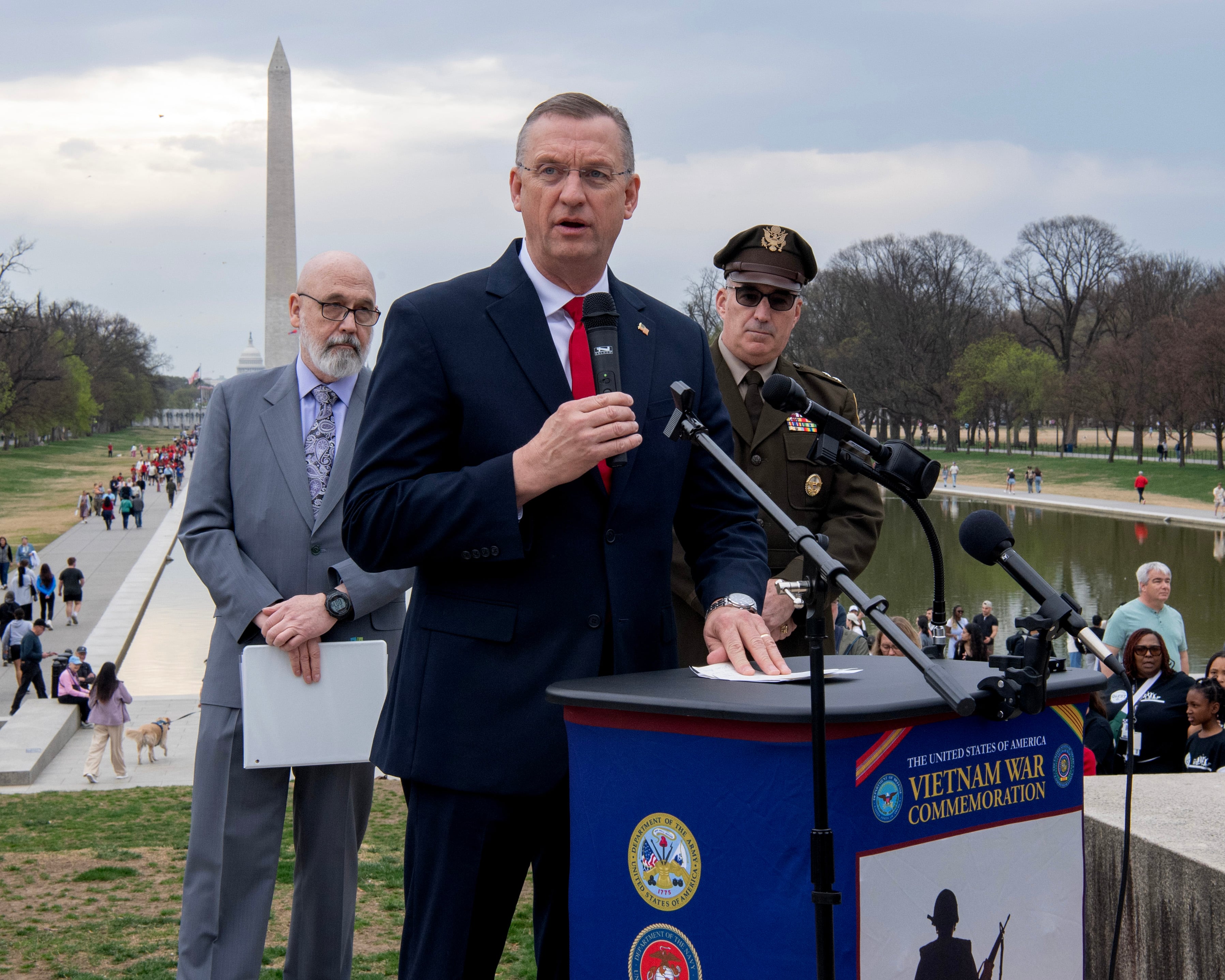ready to edit
FB: Moving beyond the A-10. Air Combat Command wants close air support pilots to fly in F-15 and F-16 squadrons specifically focused on ground support.
The Air Force plans to set up new squadrons of F-15Es and F-16s with a specific focus on close air support for ground troops — a role now primarily done by the A-10 that the Air Force wants to retire.
Gen. Hawk Carlisle, head of Air Combat Command, briefed reporters on the plan Friday, following a week-long Pentagon summit of top Air Force, Army, Marine Corps and Navy leaders on the future of the close air support.
The Air Force will work to maintain the culture of close air support in its pilot ranks after the A-10 is gone by setting up new squadrons of F-15Es and F-16 with a specific focus on ground support, the head of Air Combat Command said today.
The service this week led a summit of top Air Force, Army, Marine Corps and Navy leadership at the Pentagon on the future of the close air support, both focused on how the mission will evolve after the A-10 and address capability gaps for future conflicts. While key lawmakers oppose tThe service's plan is trying again to retire the A-10 fleet due to budget restrictions, and service officials maintain the Air Force that it will be able to fly in support to of ground troops using the its other aircraft.
"We will always do close air support," Carlisle said. "We have always been committed to it."
A-10 pilots train extensively on close air support and work with joint terminal attack controllers, who direct combat aircraft involved in close air support. and the service needs to work to "maintain the culture," Carlisle said.
"We want to take those aviators, and have designated, predominantly close air support squadrons in F-15s and F-16s," Carlisle said.
The knowledge base is already moving to other aircraft, Carlisle said. So far, one third of F-35 pilots at Nellis Air Force Base, Nevada, came from the A-10

There is no timeline for squadrons, yet, but it is one part of several steps that Air Combat Command is tasked with following this week's the week-long summit, which focused on how the mission will evolve if the Air Force is allowed to retire after the A-10 and how address capability gaps will be addressed in for future conflicts.
The command will set up a "close air support integration group" to focus on training and integration with other services. The group, expected to form at Nellis, will include aircraft, possibly 12 F-16s, and feature representatives from special operations, the Army and Marine Corps, to all operate together with "the intent on continuing to get better at the close air support mission set."
One shortfall that the service needs to address is the undermanned and stressed career field of tactical air control party airmen, the enlisted specialists who call in airstrikes while embedded with Army and Marine units. The service does not have enough airmen certified as joint terminal attack controllers, and with the high deploy-dwell ratio, there are high demands for training that the service simply can't meet. "We're in such a high deploy/dwell ratio, "it's hard to get the right training," Carlisle said.
To address this, the service is exploring using contracted pilots to train with joint terminal attack controllers to keep them certified and current. The service could also use contractor aircraft, but Air Force pilots, to help both aviators and ground airmen stay trained.
The meeting this week included Army Chief of Staff Gen. Ray Odierno, Marine Corps Commandant Gen. Joseph Dunford, Navy staff director Vice Adm. Scott Swift, and Gen. Frank Grass, the head of the National Guard Bureau. Air Force leadershiphave repeatedly said the meeting had been in planning for a while and does not directly relate to the pressure the service faces from cCongressional leadership about the push to retire the A-10.
The Air Force wants to keep flying the Warthog as long as it can, as long as it has the funding, but the service will need to move on, Carlisle said.
"There's only so much you can get out of that airplane," Carlisle said. "… Those airplanes are gonna wear out. They've been worked very, very hard. They've done incredible things for us. But eventually that platform is going to age out."





